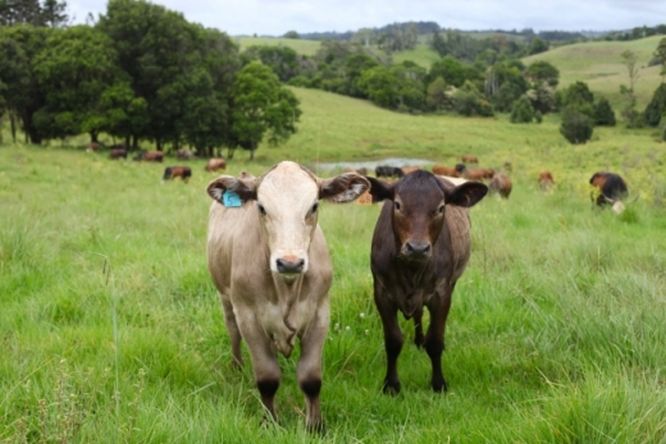
AFTER EIGHT weeks of discussions with more than 300 people in the Byron Shire about the new Environmental (E) zone review process, Council staff are reviewing 600 submissions received from land owners and members of the public.
Shannon Burt, Byron Shire Council’s Director Sustainable Environment and Economy, said staff are collating all of the information and feedback from the public about where they think E zones should be applied and reviewing what changes are needed to improve the accuracy of Council’s vegetation and E zone mapping information
“Staff will then write a report that outlines all of the issues raised during the submission process, and will make recommendations about the rezoning process that follows,” Ms Burt said.
[xyz-ihs snippet=”Servo”]
“This report will be provided to Councillors for their consideration in early 2018,” she said.
“As we expected there was a lot of public interest in the E zones because they are a guide to what land uses are appropriate in environmentally sensitive areas of the shire,” she said.
“Land owners were very interested to understand how they may be affected by a proposed E zone on their land and were pleased to hear that Council is working with them to reach an agreed outcome wherever possible.
“Most land owners we spoke to did not have a problem with the E zones especially when they realised they did not stop lawful uses of the land, and did not require people to do extra work to manage areas of important vegetation,” she said.
“Some land owners were concerned that they would be disadvantaged because they had spent many years re-vegetating their properties at their own cost, and the consistent message from Council is that no new E zones will apply unless the land owner agrees.
The key E zone facts are:
- An E zone does not impose any obligation on land owners to fence off important vegetation, undertake weed removal or actively plant more native vegetation.
- An E zone does not prevent lawful uses from continuing, including agricultural activities and other approved developments.
- Land that has been voluntarily re-vegetated by the current land owner, without public funding, will not have an E2 or E3 zone applied without agreement.
- Incentives are available for land owners carrying out conservation works. For more information go to https://www.landmanagement.nsw.gov.au/nsw-biodiversity-conservation-trust/.